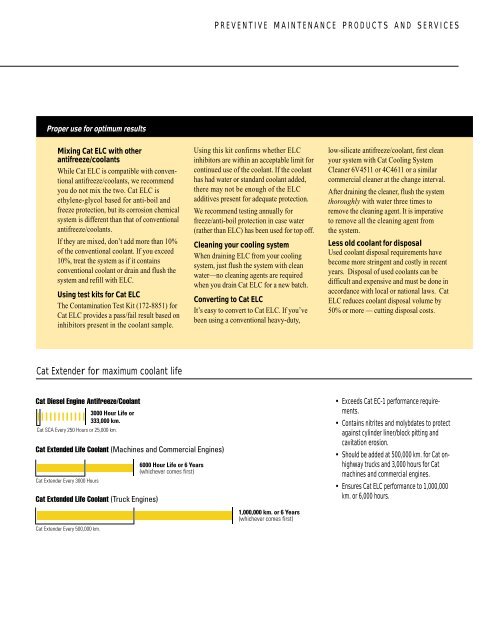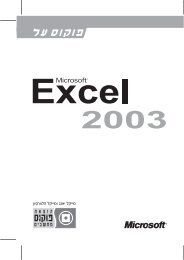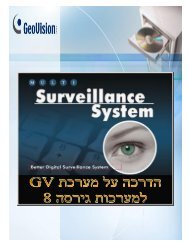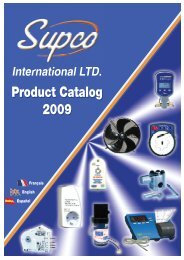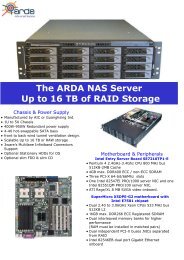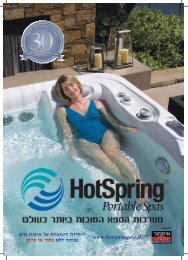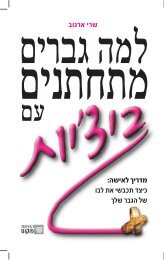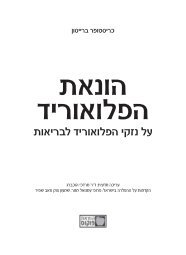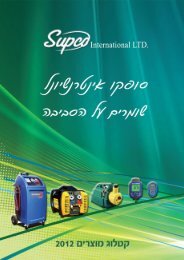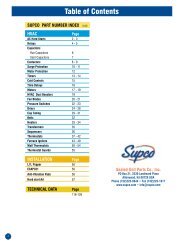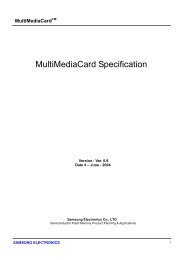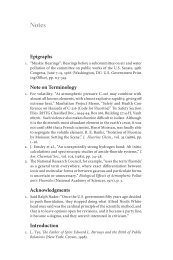Extended Life Coolant - PEHP9557
Extended Life Coolant - PEHP9557
Extended Life Coolant - PEHP9557
You also want an ePaper? Increase the reach of your titles
YUMPU automatically turns print PDFs into web optimized ePapers that Google loves.
PREVENTIVE MAINTENANCE PRODUCTS AND SERVICES<br />
Proper use for optimum results<br />
Mixing Cat ELC with other<br />
antifreeze/coolants<br />
While Cat ELC is compatible with conventional<br />
antifreeze/coolants, we recommend<br />
you do not mix the two. Cat ELC is<br />
ethylene-glycol based for anti-boil and<br />
freeze protection, but its corrosion chemical<br />
system is different than that of conventional<br />
antifreeze/coolants.<br />
If they are mixed, don’t add more than 10%<br />
of the conventional coolant. If you exceed<br />
10%, treat the system as if it contains<br />
conventional coolant or drain and flush the<br />
system and refill with ELC.<br />
Using test kits for Cat ELC<br />
The Contamination Test Kit (172-8851) for<br />
Cat ELC provides a pass/fail result based on<br />
inhibitors present in the coolant sample.<br />
Using this kit confirms whether ELC<br />
inhibitors are within an acceptable limit for<br />
continued use of the coolant. If the coolant<br />
has had water or standard coolant added,<br />
there may not be enough of the ELC<br />
additives present for adequate protection.<br />
We recommend testing annually for<br />
freeze/anti-boil protection in case water<br />
(rather than ELC) has been used for top off.<br />
Cleaning your cooling system<br />
When draining ELC from your cooling<br />
system, just flush the system with clean<br />
water—no cleaning agents are required<br />
when you drain Cat ELC for a new batch.<br />
Converting to Cat ELC<br />
It’s easy to convert to Cat ELC. If you’ve<br />
been using a conventional heavy-duty,<br />
low-silicate antifreeze/coolant, first clean<br />
your system with Cat Cooling System<br />
Cleaner 6V4511 or 4C4611 or a similar<br />
commercial cleaner at the change interval.<br />
After draining the cleaner, flush the system<br />
thoroughly with water three times to<br />
remove the cleaning agent. It is imperative<br />
to remove all the cleaning agent from<br />
the system.<br />
Less old coolant for disposal<br />
Used coolant disposal requirements have<br />
become more stringent and costly in recent<br />
years. Disposal of used coolants can be<br />
difficult and expensive and must be done in<br />
accordance with local or national laws. Cat<br />
ELC reduces coolant disposal volume by<br />
50% or more — cutting disposal costs.<br />
Cat Extender for maximum coolant life<br />
• Exceeds Cat EC-1 performance requirements.<br />
• Contains nitrites and molybdates to protect<br />
against cylinder liner/block pitting and<br />
cavitation erosion.<br />
• Should be added at 500,000 km. for Cat onhighway<br />
trucks and 3,000 hours for Cat<br />
machines and commercial engines.<br />
• Ensures Cat ELC performance to 1,000,000<br />
km. or 6,000 hours.


